Messier 96 (M96) is an intermediate spiral galaxy located in the constellation Leo. The galaxy lies at a distance of 31 million light years from Earth and has an apparent magnitude of 10.1. It has the designation NGC 3368 in the New General Catalogue.
Messier 96 has an apparent size of 7.6 by 5.2 arc minutes, which corresponds to a linear diameter of about 100,000 light years, making M96 roughly the same size as the Milky Way. The best time of year to observe the galaxy is during the spring.
The galaxy requires good conditions, with clear, dark skies, and is very difficult to see with binoculars. In large binoculars, it only appears as a very faint patch of light. Small telescopes reveal the galaxy’s oval core, while 8-inch telescopes show some of the details of the galaxy’s structure. 10-inch telescopes reveal a halo extending across an area 3 by 5 arc minutes in size and a brighter centre.
Messier 96 can be found along the line from the bright star Regulus to the slightly fainter Denebola. The place where this line intersects with a line drawn between the stars Chertan and ρ Leonis, is roughly in the same field of view as M96. The galaxy can also be located using the 5.3 magnitude star 53 Leonis, which is less than 2 degrees away from M96.
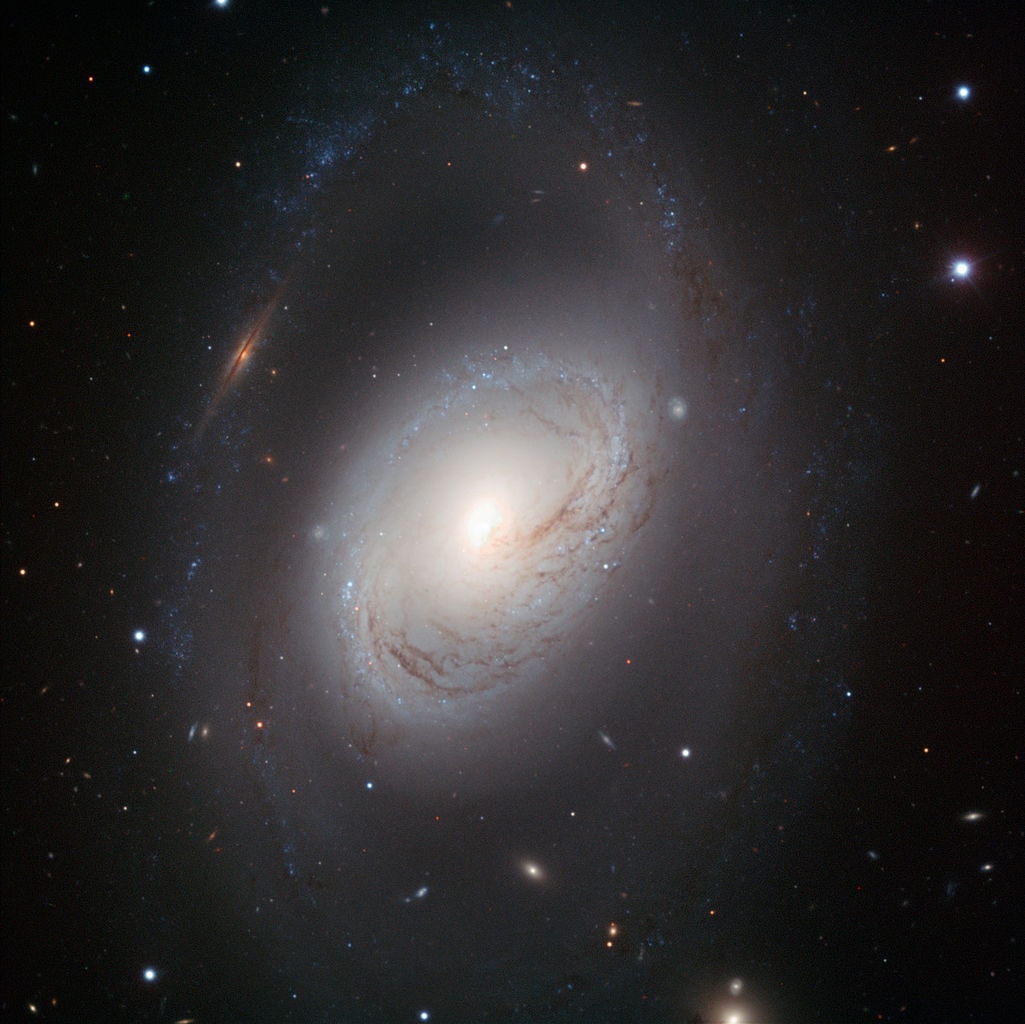
Messier 96 is a double-barred spiral galaxy with a small inner bulge through the central region along with an outer bulge. The galaxy is estimated to contain about 100 billion stars. The nucleus of M96 shows a weak level of activity of the LINER2 (low ionization nuclear emission region) type. The galaxy’s bright inner disk is home to a yellow population of old stars, while the spiral arms have rings of blue knots which are open clusters of young, hot, blue stars.
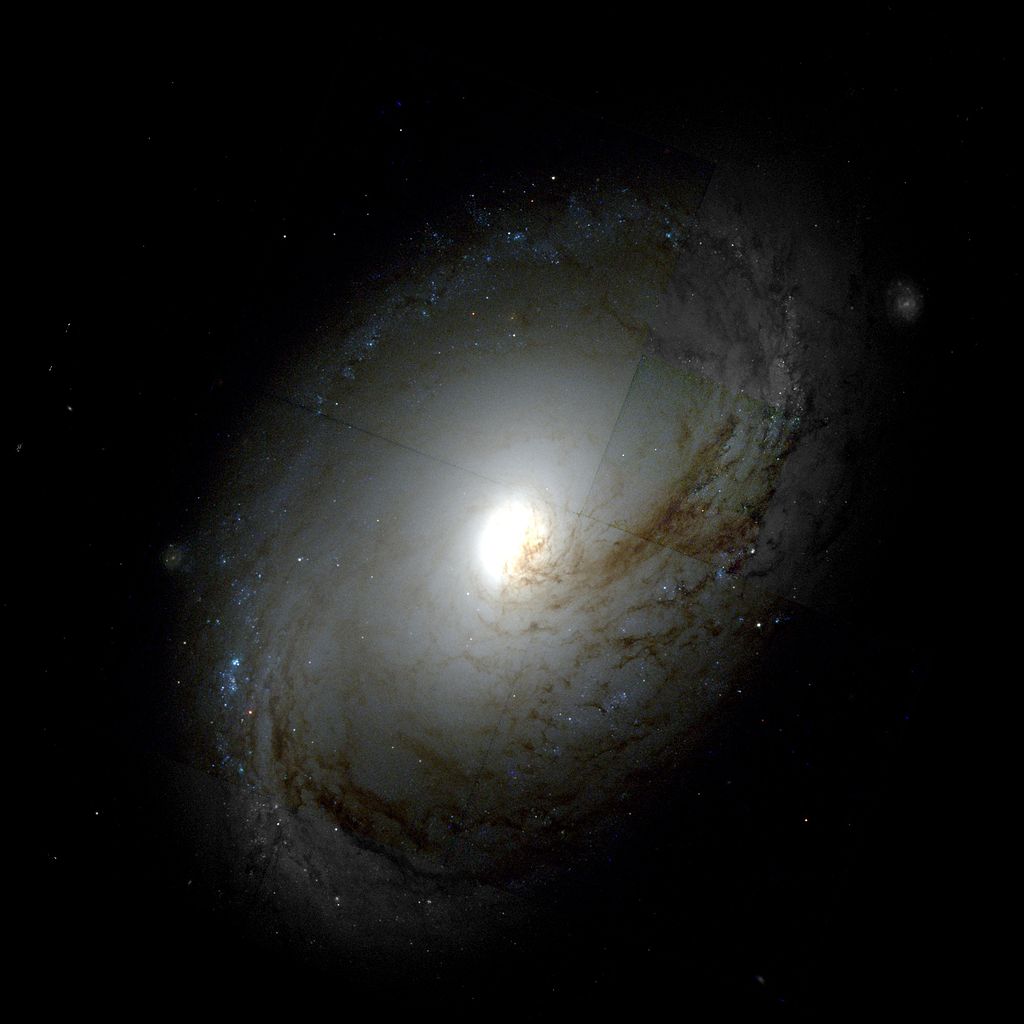
Messier 96 is receding from us at 897 km/s. The right side of the galaxy has a greater concentration of dust than the left one, indicating that the right side is nearer to us.
The nucleus of M96 contains a supermassive black hole with an estimated mass between 1.5 million and 48 million solar masses.
Messier 96 is the brightest and largest member of the M96 Group, a group of galaxies located in Leo constellation that also includes M95, M105 and at least nine other galaxies. The group is also known as Leo I.
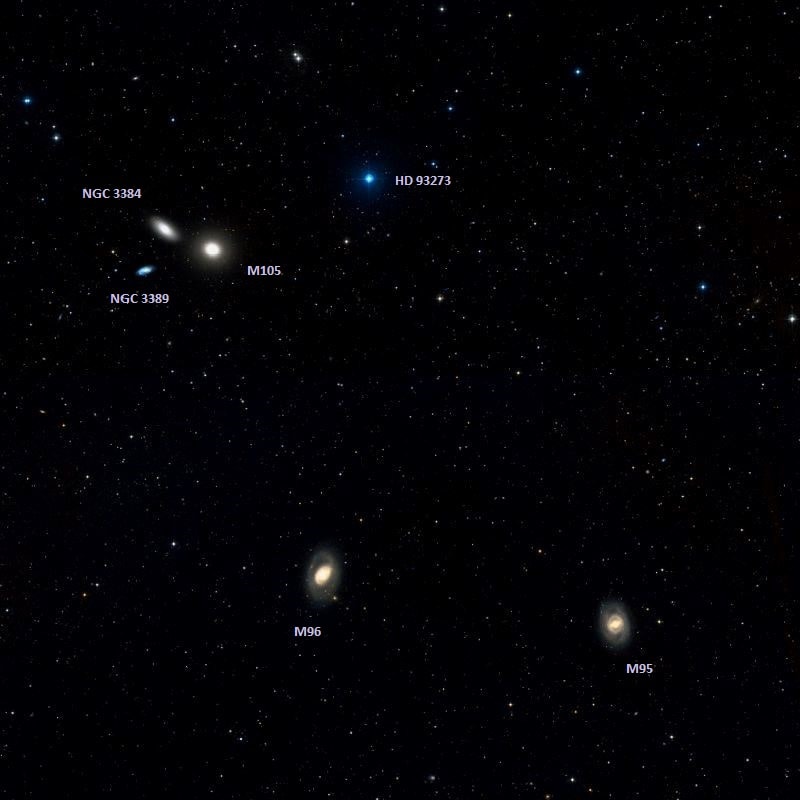
Messier 96 has a displaced core and ill-defined, asymmetric spiral arms, indicating that it is interacting with the neighbouring galaxies. The galaxy’s bright central region has a linear diameter of about 66,000 light years, but its fainter outer spiral arms extend more than 100,000 light years in diameter. The spiral arms are a site of intense star formation.
The extended arms and the star forming activity are a result of gravitational interactions with other members of the M96 Group. Their gravitational pull is believed to have drawn out one of M96’s spiral arms.
Messier 96 likely collided with the nearby elliptical galaxy NGC 3384 about a billion years ago. The direct collision between the two galaxies resulted in a huge ring of cold hydrogen gas forming around most of the members of the M96 Group. The ring is about 650,000 light years across and consists of material blown out of the galaxies during the collision. Since the encounter, the galaxies have gone their separate ways and are now almost 40 million light years apart.
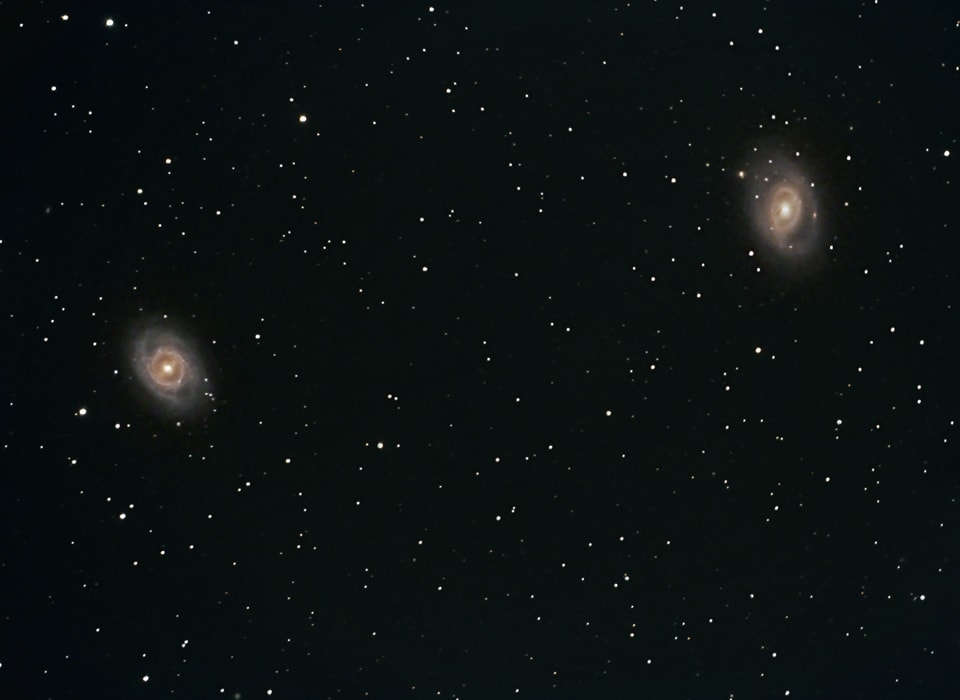
A supernova, designated SN 1998bu, was observed in M96 on May 9, 1998. It peaked on May 21, reaching magnitude 11.88, and was classified as a Type Ia supernova. Observations of the expelled material a year after the event revealed that the supernova created 0.4 solar masses of iron. Astronomers studying the spectrum of the supernova remnant confirmed the presence of 56Co, a radioactive isotope of cobalt that decays into 56Fe, the most common isotope of iron.
Messier 96 is one of the first galaxies to have its spiral structure recognized. William Parsons, 3rd Earl of Rosse, included it on his list of 14 “spiral nebulae” discovered to 1850. Other Messier objects included on Lord Rosse’s list were the spiral galaxies Messier 58, the Sunflower Galaxy (M63), the Phantom Galaxy (M74), Cetus A (M77), Messier 88 and Messier 100.
Messier 96 was discovered by Charles Messier’s friend and colleague Pierre Méchain on March 20, 1781, along with the neighbouring Messier 95. Méchain reported the discovery to Messier, who added both objects to his catalogue four days later, on March 24, 1781. He noted:
Nebula without star, in the Lion, near the preceding [Messier 95]: this one is less distinct, both are on the same parallel of Regulus: they resemble the two nebulae in the Virgin, Nos. 84 and 86. M. [M84 and M86] Méchain saw them both on March 20, 1781.
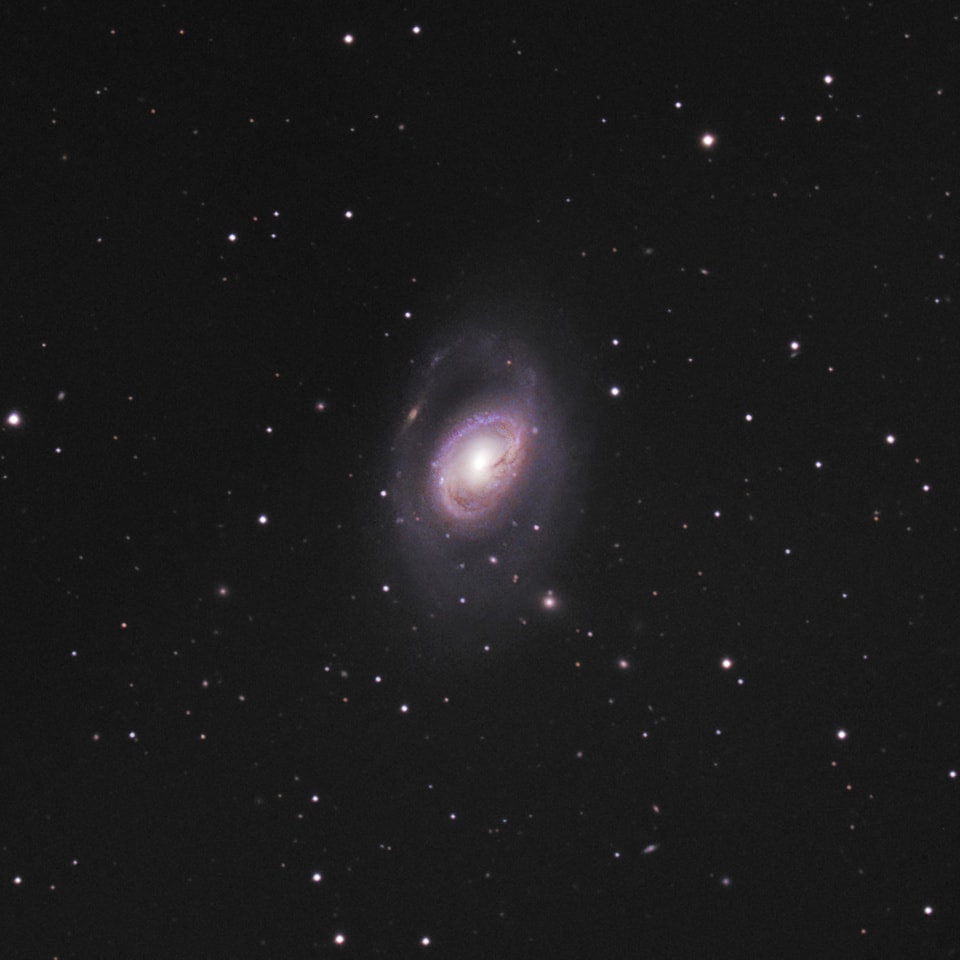
William Herschel observed M96 on March 11, 1784 and noted the following:
A fine, bright nebula, much like the former [Messier 95], but the brightest part in the middle is more joined to the nebulosity than in the former, and the bright part is rather longer, tho’ not quite so vivid as in the former. It may still be called cometic, tho’ it begins to depart a little from that kind.
John Herschel catalogued M96 as h 749 and later included it in the General Catalogue as GC 2194. He described the object as “very bright; very large; little extended; very suddenly very much brighter toward the middle; mottled.”
Heber Curtis photographed the object with the 36-inch Crossley telescope at the Lick Observatory in California and noted the following:
A fine strong spiral; brightest part 2.6′ long. Bright stellar nucleus; the outer whorl of the brighter structure forms a nearly complete oval ring; a much fainter whorl outside this brings the total length to about 7′. A clear-cut rift goes in to nucleus on n.p. [north preceding, NW] side.
FACTS
| Object: Galaxy |
| Type: Intermediate spiral |
| Class: SAB(rs)ab |
| Designations: Messier 96, M96, NGC 3368, PGC 32192, ALFALFA 5-321, TC 532, UGC 5882, Z 66-13, Z 1044.1+1205, EQ 1044+120, IRAS 10441+1205, 2MASX J10464574+1149117, MCG+02-28-006, SDSS J104645.67+114911.8 |
| Features: Central galaxy in the M96/Leo I Group |
| Constellation: Leo |
| Right ascension: 10h 46m 45.7s |
| Declination: +11°49’12” |
| Distance: 31 million light years (9.6 megaparsecs) |
| Number of stars: 100 billion |
| Apparent magnitude: +10.1 |
| Apparent dimensions: 7′.6 x 5′.2 |
| Radius: 50,000 light years |
| Redshift: 897 km/s |
LOCATION
